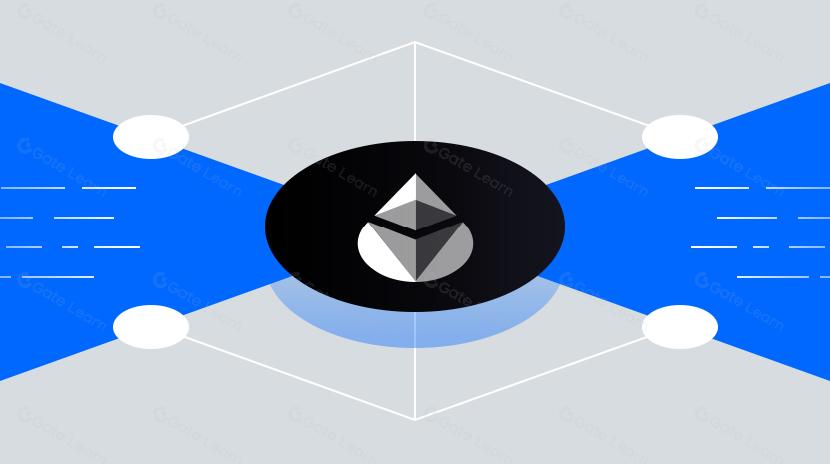Monopólio em Construtores de Blocos Ethereum e Abstração de Cadeias: Revelando Incentivos de Lucro e Oportunidades de Inovação no Ecossistema Blockchain
Monopólio na Construção de Blocos Ethereum
O mercado de construção de blocos Ethereum está atualmente altamente concentrado. De acordo com o dados A partir de 22 de março de 2025, Beaverbuild e Titan Builder produziram coletivamente aproximadamente 86% dos blocos da mainnet Ethereum ao longo de um período de duas semanas, formando um duopólio de facto.

Apenas duas entidades controlam mais de 80% do poder de construção de blocos (Fonte: MEV-Boost)
Mais dados do Painel MEV-Boost mostram as quotas de mercado (percentagem) dos cinco principais construtores da seguinte forma:
- Construtor Titan: 44.46%
- Beaverbuild: 42.53%
- Rsync: 9.98%
- Builder+ btcs.com: 1.88%
- BuilderNet: 1.18%
Ao elevar ao quadrado cada percentagem de quota de mercado e somá-las, obtemos o Índice Herfindahl-Hirschman (HHI):
HHI ≈ 44.46² + 42.53² + 9.98² + 1.88² + 1.18² ≈ 3,891.91
De acordo com o normas do Departamento de Justiça dos EUA, um HHI superior a 1.800 indica um mercado altamente concentrado. Assim, estes dados revelam um fenômeno monopolista no mercado de construção de blocos do Ethereum (HHI ≈ 3.892), levantando preocupações sobre a dinâmica da concorrência e riscos de centralização: alguns construtores controlando a maioria do poder de ordenação de transações podem minar a equidade da blockchain e os princípios de descentralização.
No entanto, o Ethereum utiliza um Separação Propositor-Construtor (PBS)design, dividindo as tarefas de "blocos de construção" e "confirmação de blocos" entre diferentes partes.Validadoresstake ETH para obter o direito de selecionar o bloco mais lucrativo entre aqueles submetidos pelos construtores para confirmação e inclusão na cadeia. Os construtores especializam-se em agrupar transações em blocos e geralmente dão prioridade a transações que geram lucros mais elevados (ou seja, Valor Máximo ExtraívelIsso garante que os validadores não constroem blocos por si próprios e não podem controlar unilateralmente o conteúdo da transação, o que significa que a equidade e a descentralização da rede podem não ser necessariamente comprometidas mesmo com uma alta concentração na construção de blocos.
No entanto, Titan e Beaverbuild (e seus construtores afiliados) reformularam o cenário competitivo de construção de blocos do Ethereum, eliminando construtores menores.
Modelos de Lucro dos Construtores
MEV foi inicialmente estudado por Flashbotsequipa e refere-se ao lucro máximo alcançável através da ordenação, adição ou remoção de transações na blockchain. Quando envia uma transação no Ethereum, os validadores e construtores têm a autoridade para determinar a sua ordem, e sequências específicas podem criar oportunidades de lucro adicionais (por exemplo, negociação de arbitragem, front-runningEsses lucros adicionais derivados de pedidos ou métodos de transação específicos são chamados de MEV.
Flashbots fornece software de MEV-Boost de código aberto, permitindo que validadores obtenham blocos de construtores de terceiros e aumentem os lucros dos validadores. No entanto, Flashbots foca mais na infraestrutura do ecossistema e distribuição justa de MEV, dificilmente lucrando com isso. Para manter influência, depende de colaborações com a comunidade Ethereum e equipes de clientes (por exemplo, promovendo PBS).
Por outro lado, o monopolista Titan adotou um modelo de lucro altamente comercializado: garantindo parcerias comerciais exclusivas com aplicações de ponta para capturar lucros excessivos de MEV. Por exemplo, o Titan assinou um fluxo de ordem exclusivoacordo com o conhecido robô de negociação Banana Gun, concedendo-lhe direitos exclusivos para agrupar transações a partir da aplicação.
Através de tais colaborações estratégicas, a Titan ganha acesso a fluxos de transações privadas mais lucrativas, montando blocos com maior lucratividade do que os concorrentes. A Titan mantém sua dominância de mercado precisamente através deste modelo de “fluxo de ordem privada + extração de MEV”, monopolizando fontes de transações de alto valor ao integrar-se profundamente com as principais plataformas de negociação.
Acordo Exclusivo entre Titan e Banana Gun
Em abril de 2023, Titan e Banana Gun celebraram um acordo exclusivo de fluxo de ordens, marcando um momento crucial na centralização do mercado de construção de blocos do Ethereum. Nos termos do acordo, a Banana Gun fornece privadamente quase todas as ordens de transação dos seus utilizadores à Titan para agrupamento de blocos em troca de partilha de lucros ou outros benefícios. Isto significa que o fluxo de ordens privadas da Banana Gun é monopolizado pela Titan, reduzindo a concorrência na pool de transações públicas e impedindo que outros construtores façam ofertas.
Com a vantagem exclusiva do fluxo de ordens, o Titan pode montar blocos com lucros MEV mais altos, vencendo frequentemente os leilões MEV e aumentando rapidamente sua participação de mercado de menos de 1% para mais de 40%. Isso exemplifica o Efeito Mateus: construtores com fluxos privados tornam-se mais fortes, enquanto aqueles sem dificuldades para competir, exacerbando ainda mais a concentração de mercado.
Do ponto de vista da rentabilidade, [3] a margem de lucro da Titan sob o acordo de exclusividade é tão alta quanto 17,75%, excedendo em muito os 9% da Beaverbuild, enquanto a Flashbots mal lucra com isso. Além disso, mais de 2.271 ETH das dicas dos usuários do Banana Gun acabaram se tornando o lucro líquido da Titan, destacando o aumento significativo que os acordos de fluxo de pedidos exclusivos fornecem aos ganhos da Titan.

A quota de mercado da Titan (laranja) disparou após abril de 2023 (fonte: MEV-Boost)
Embora tais acordos possam melhorar as taxas de sucesso e velocidades de transação até certo ponto, eles também carregam riscos. Se as partes priorizarem seus próprios interesses, questões como furar a fila de transação ou distribuição injusta de lucros de MEV podem surgir, prejudicando os usuários. Além disso, essas colaborações exclusivas têm atraído atenção generalizada para os monopólios de mercado e potenciais conflitos de interesse.
Aplicações e Desenvolvimento da Tecnologia de Abstração de Cadeia
Em resposta à centralização do mercado e aos potenciais conflitos de interesse, surgiu um novo conceito tecnológico no ecossistema Ethereum: abstração de cadeia. Esta tecnologia esconde a complexidade dos ambientes subjacentes de múltiplas cadeias dos utilizadores e dos programadores, oferecendo uma experiência de blockchain consistente e simplificada. Através da abstração de cadeias, os utilizadores finais já não precisam de se preocupar com qual cadeia executa transações, qual taxa de gásmoeda a usar, ou outros detalhes técnicos, como se todo o ecossistema multi-cadeia fosse uma plataforma unificada. Isto traz múltiplos benefícios:
Simplificando a Experiência do Utilizador
No passado, o uso da blockchain muitas vezes exigia a troca manual de redes, como a mudança do Ethereum para outra cadeia, com passos complicados para transferências de ativos. A tecnologia de abstração de cadeia agora simplifica esses processos.
Por exemplo, Rede Omniintroduziu um conjunto de ferramentas (SDK) para os programadores integrarem diretamente a funcionalidade de interligação de cadeias nas suas aplicações. Os utilizadores podem transferir ativos de forma transparente da Cadeia A para a Cadeia B dentro do mesmo DApp, eliminando a necessidade de alternar manualmente ou usar frequentemente redes de carteiras pontes entre cadeias.
Esta experiência sem atrito permite que os utilizadores novatos interajam com aplicações de blockchain tão facilmente como serviços tradicionais da internet, potencialmente aumentando as taxas de adoção e retenção.
Redução das Barreiras Técnicas
A abstração de cadeias beneficia os utilizadores e reduz a dificuldade para os programadores. Anteriormente, suportar múltiplas blockchains exigia escrever código separado para cada cadeia, o que era repetitivo e consumia tempo. Com a abstração de cadeias, os programadores podem lidar com todas as cadeias através de uma interface de plataforma unificada.
Por exemplo, ao fornecer um único contrato inteligente entre cadeiasNo ambiente, os desenvolvedores podem projetar um DApp uma vez e implementá-lo em várias blockchains sem modificações ou manutenção adicionais. Isso reduz significativamente os custos de desenvolvimento e permite que as equipes se concentrem na inovação e otimização de recursos, em vez de nas complexidades inter-cadeias.
Encorajando uma Participação e Inovação Mais Amplas
À medida que a blockchain se torna mais acessível, atrai utilizadores não técnicos, fomentando novas aplicações e casos de uso mais ricos.
A abstração da cadeia também permite uma comunicação e colaboração perfeitas entre blockchains. Anteriormente, os ativos estavam muitas vezes confinados a uma única cadeia, mas agora, através da abstração da cadeia, os ativos e fundos dos utilizadores podem mover-se livremente entre várias cadeias e ser utilizados de forma mais eficiente.
Por exemplo, finanças descentralizadas (DeFi)a liquidez, uma vez concentrada numa cadeia, pode agora ser agrupada em várias cadeias; Os NFTs ou jogos GameFi podem aproveitar a tecnologia cross-chain para partilhar bases de utilizadores e recursos, criando novas oportunidades de jogo e de negócio.
Assim, a abstração de cadeias aumenta a escalabilidade da blockchain e incentiva mais utilizadores a explorar os serviços da blockchain, desbloqueando novas oportunidades de crescimento para o ecossistema.
Modelo EVM e de Interoperabilidade da Rede Omni
A Rede Omni é uma nova plataforma blockchain que implementa o conceito de 'abstração de cadeia'. Como uma emergente Bloco L1, o seu objetivo principal é resolver as ineficiências de comunicação entre as soluções de Camada 2 da Ethereum(Rollups). A rede Omni oferece duas ferramentas-chave para alcançar isso:
Ambiente EVM Universal
Omni tem como objetivo integrar vários rollups numa plataforma unificada. O seu ambiente EVM permite aos programadores construir aplicações que operam através de rollups usando a programação de contratos inteligentes Ethereum familiar, eliminando a necessidade de reescrever ou atualizar contratos para cada rollup.
O ambiente da EVM (Máquina Virtual Ethereum) pode ser considerado um 'computador virtual' na blockchain. Todos os contratos inteligentes (pequenos programas em aplicações descentralizadas) são executados nesta máquina virtual.
Os programadores escrevem contratos na linguagem de programação do Ethereum (por exemplo,Solidity) que são então executados no EVM. Como cada nó Ethereum inclui um EVM, o mesmo contrato produz resultados idênticos em todos os nós.
Em suma, o ambiente EVM é um "espaço de tempo de execução" específico do blockchain onde os contratos inteligentes são executados consistentemente em todos os lugares. A Omni Network aproveita esse ambiente para simplificar o desenvolvimento de aplicativos entre cadeias.

Omni permite aos desenvolvedores construir aplicações entre cadeias usando métodos familiares (fonte: Rede Omni)
Protocolo de Interoperabilidade entre Cadeias (Interop)
O protocolo de interoperabilidade (Interop) da rede Omni Network permite que diferentes blockchains transfiram ativos e informações de forma segura e fácil, sem mais restrições a uma única cadeia.
Especificamente, quando um usuário deseja transferir ativos de uma blockchain (cadeia de origem) para outra (cadeia de destino), a Omni emprega "Solvers" para preparar os ativos na cadeia de destino antecipadamente. Os usuários podem imediatamente usar esses ativos sem esperar pelo processo de transferência da cadeia de origem.
Simultaneamente, a Omni utiliza “contratos de custódia” seguros e “provas de mensagem entre cadeias” para garantir que os ativos na cadeia de origem estejam bloqueados antes de serem libertados na cadeia de destino. Esta abordagem de “primeiro a cadeia de destino” cria uma experiência contínua, fazendo com que as transferências de ativos pareçam instantâneas.

Fluxo do solucionador (fonte: Desenvolvedores Omni)
Em resumo, a abstração de cadeia fornece um meio técnico para integrar recursos fragmentados e liquidez num ambiente multi-cadeias, mitigando o impacto da centralização em qualquer cadeia única.
Desafios de centralização de mercado para ideais de descentralização
A centralização do mercado de construção de blocos do Ethereum desafia indubitavelmente os princípios de descentralização centrais da blockchain. A confiança na blockchain deriva largamente do poder e controlo distribuídos. Contudo, quando a maioria dos blocos são gerados por alguns construtores, os riscos potenciais não podem ser ignorados: esses construtores podem priorizar os seus próprios interesses na ordenação de transações (por exemplo, favorecendo as suas ordens ou reorganizando sequências), desviando-se dos princípios justos e neutros da blockchain.
Em casos extremos, os monopólios até poderiam coludir para censurar transações de utilizadores específicos, minando a resistência à censura do Ethereum. Enquanto o mecanismo PBS limita o controlo direto dos construtores, novos problemas surgem à medida que métodos de integração vertical, como fluxos de ordens privadas, ganham tração.
Soluções para estes desafios incluem:
Aprofundar os Mecanismos de PBS e Leilões Abertos
[2] O Ethereum pode introduzir o PBS através de atualizações na camada de consenso, garantindo que os papéis dos construtores sejam transparentes e substituíveis para reduzir a manipulação monopolista.
Simultaneamente, incentivar carteiras e DApps a adotar leilões de fluxo de ordens abertos em vez de vendas exclusivas permite que todos os construtores licitem justamente pelos direitos de agrupamento de transações.
Promover Redes de Construtores Descentralizadas
Flashbots e outros estão a desenvolver soluções como BuilderNet, com o objetivo de desmantelar monopólios. O BuilderNet permite que múltiplos participantes independentes executem conjuntamente um construtor de blocos e partilhem lucros com base no valor da contribuição. Isto elimina a necessidade de colaborações exclusivas, permitindo que qualquer aplicação envie fluxos de pedidos de forma privada e ganhe recompensas. Ao proteger a privacidade em ambientes de computação confiáveis, o BuilderNet promove a competição justa, limitando as práticas monopolistas de extração de MEV.
Expandindo Ecossistemas Multi-Chain e Abstração de Cadeia
A ascensão da abstração de bloco contraria inerentemente os monopólios de uma única cadeia. À medida que a infraestrutura de interligação de cadeias, como a Omni, amadurece, os utilizadores e as aplicações podem operar de forma flexível entre cadeias. Se o monopólio dos construtores do Ethereum piorar, os programadores e utilizadores podem migrar para L2 ou outras cadeias, utilizando a abstração de bloco para manter uma experiência consistente. Isto serve como um controlo: Os monopólios estão tornando a mainnet hostil e arriscam desviar o tráfego para outros locais. Assim, a adoção de múltiplas cadeias e a interoperabilidade são estratégias para preservar a descentralização e a saúde do ecossistema.
Supervisão da Comunidade e Orientação de Políticas
As comunidades descentralizadas podem fortalecer a supervisão monitorando as participações de mercado dos construtores e a transparência, defendendo contra monopólios excessivos. Os mecanismos de governança também podem introduzir medidas antitruste, como diretrizes comportamentais para construtores MEV-Boost ou incentivos para novos entrantes. Em casos extremos, a autorregulação do setor ou as recomendações regulatórias podem limitar acordos prejudiciais.
Introdução da Tecnologia SUAVE
Além disso, SUAVEA tecnologia (Single Unifying Auctions for Value Expression) é notável. [4] SUAVE é vista como uma direção futura para a extração de MEV, com o objetivo de unificar os processos de leilão e reduzir a volatilidade e a injustiça do mercado causadas pela competição fragmentada.
Nas tradicionais leilões MEV-Boost, os construtores submetem ordens separadamente, permitindo fluxos de pedidos privados e acordos exclusivos para criar vantagens injustas. O SUAVE consolida fluxos de pedidos numa única plataforma, garantindo que todos os participantes concorram sob as mesmas regras e refletindo com precisão o valor do fluxo de pedidos. Este mecanismo unificado melhora a eficiência do leilão, reduz atrasos e erros da assimetria da informação, e aumenta a transparência para reguladores e comunidades monitorarem a competição do ecossistema.
Conclusão
O mercado de construção de blocos do Ethereum é altamente concentrado, com alguns construtores controlando a maior parte do poder de ordenação de transações. Isso nos lembra que, mesmo com projetos técnicos como a separação Proposer-Builder, a arquitetura sozinha não pode lidar totalmente com a centralização. Alcançar uma verdadeira descentralização requer a integração de tecnologia, incentivos econômicos e mecanismos de governança.
Por outro lado, as tecnologias emergentes de “abstração de cadeias” e mecanismos de leilão mais transparentes mostram promessas de mudar o status quo. Ferramentas como a Rede Omni simplificam as interações entre cadeias para usuários e desenvolvedores, enquanto BuilderNet e SUAVE promovem uma participação justa na construção de blocos através de leilões abertos. No futuro, métricas como HHI devem continuar a monitorar a concentração de mercado, fornecendo insights acionáveis para designers de protocolos e decisores políticos orientarem os ecossistemas blockchain em direção a uma descentralização genuína e uma competição aberta.
Artigos relacionados
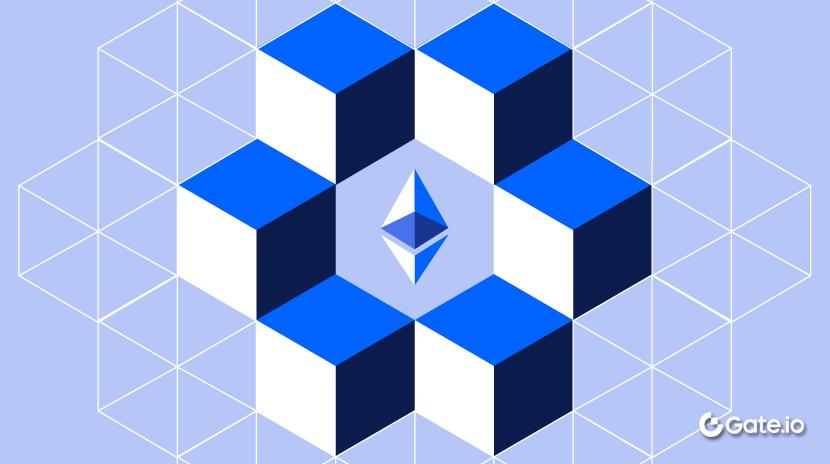
Como Aposta ETH
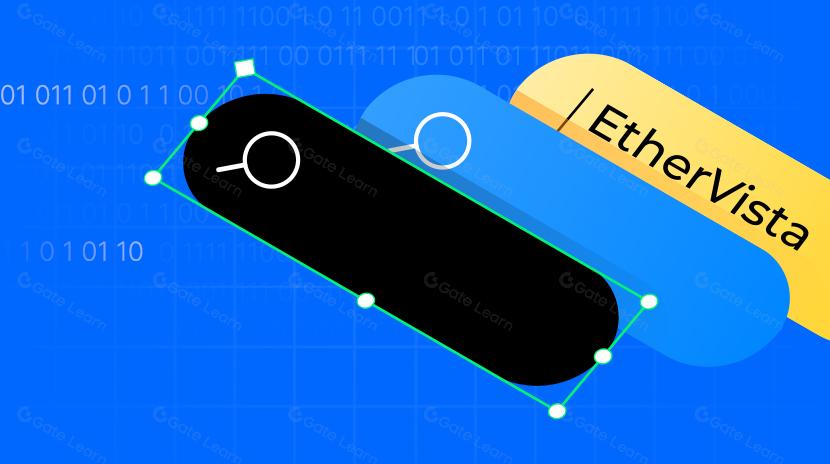
O que é o EtherVista, o "Novo Padrão para DEX" auto-proclamado?
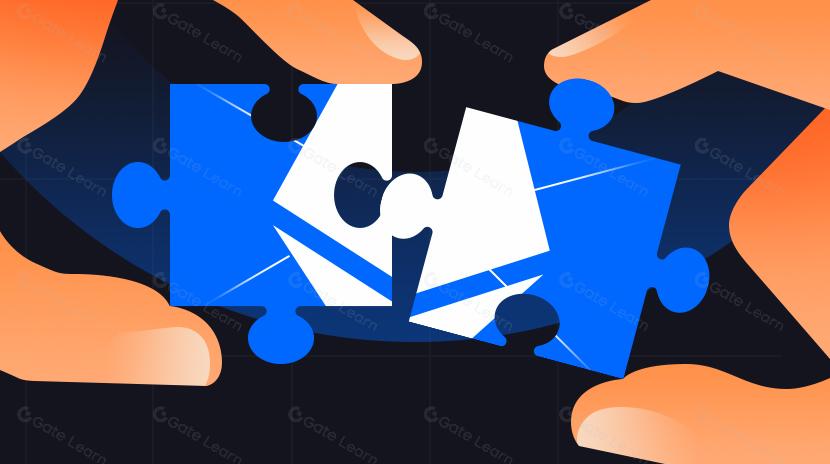
O que é a fusão?
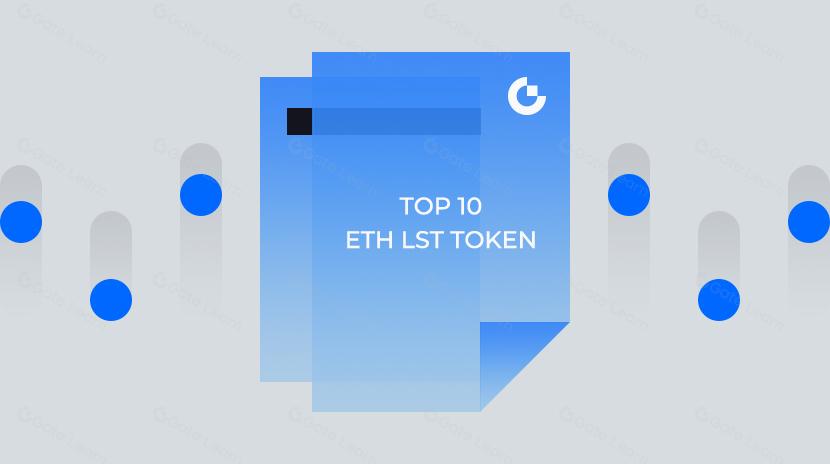
Top 10 Token LST ETH
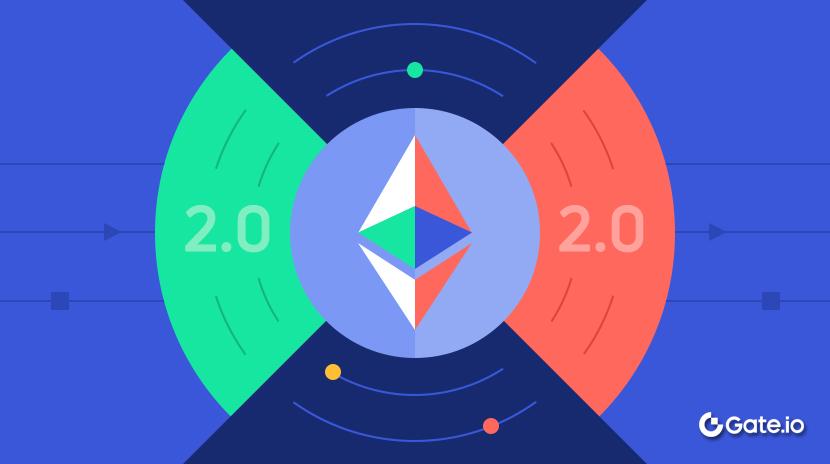
O que é o Ethereum 2.0? Entender a Mesclagem
